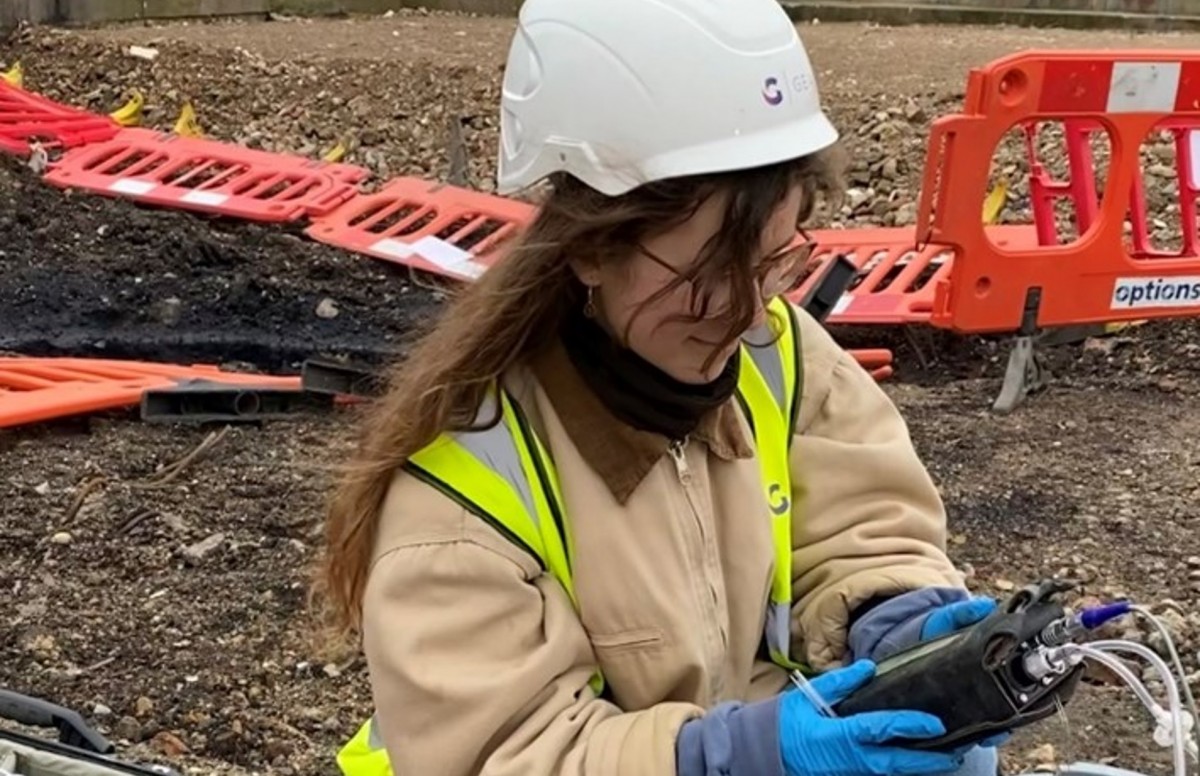Geotechnical Engineering in South Africa: Comprehensive Solutions for Building And Construction and Growth
Geotechnical Engineering in South Africa: Comprehensive Solutions for Building And Construction and Growth
Blog Article
Exactly How Consulting Civil Engineering Firms Contribute to Effective Job Administration and Style Execution
Consulting civil design firms are integral to the success of building jobs, combining technical proficiency with calculated oversight. By focusing on design optimization and threat mitigation, these companies make sure that projects are not just viable yet cost-effective and additionally sustainable.
Duty of Civil Designers
Understanding the function of civil designers is important for the effective administration of building and construction jobs. Civil engineers act as the foundation of infrastructure advancement, ensuring that jobs are designed and carried out to fulfill functionality, security, and sustainability requirements. Their competence incorporates various aspects of engineering, consisting of architectural, ecological, and geotechnical specialties.
Civil engineers are accountable for carrying out feasibility studies, which evaluate the stability of suggested projects by evaluating financial, technological, and ecological factors. They develop comprehensive blueprints and specifications, integrating innovative solutions to optimize materials and resources. During the construction phase, civil engineers oversee the project, collaborating with stakeholders, architects, and contractors to make certain adherence to make requirements and governing needs.

Project Planning Strategies
Reliable job planning techniques are vital for making certain that construction tasks are performed smoothly and efficiently. Consulting civil design firms play an important role in this process by employing comprehensive preparation approaches that resolve different project stages. Originally, a thorough analysis of task range and client requirements is conducted, enabling the identification of critical landmarks and deliverables.
Moreover, these firms utilize tools such as Gantt charts and job administration software to produce comprehensive timelines, enabling reliable scheduling of tasks and resource allocation. This organized method aids to expect potential traffic jams and allocate necessary sources proactively. Risk monitoring is one more vital element; firms conduct threat assessments to recognize prospective concerns that could emerge throughout the project's lifecycle, applying mitigation strategies to lessen disruptions.
Furthermore, stakeholder involvement is emphasized throughout the preparation stage. Regular communication with clients, professionals, and neighborhood authorities makes certain that all parties are lined up with project goals and timelines. By incorporating these strategies, consulting civil engineering firms improve the chance of task success, guaranteeing adherence to budget plan restrictions and governing needs while cultivating a collaborative environment.
Design Optimization Techniques
Style optimization strategies are essential for boosting the effectiveness and sustainability of civil design jobs. These strategies include the organized evaluation of design parameters to achieve the best possible outcomes while minimizing costs and resource use. By utilizing advanced computational devices and formulas, designers can examine numerous style options and choose one of the most effective options based on particular project criteria.
One widely made use of strategy is parametric style, which enables the manipulation of layout variables to observe their influence on general project efficiency. This repetitive process leads to cutting-edge options that not only meet useful demands but additionally follow environmental criteria. In addition, methods such as worth design concentrate on maximizing task aspects to make the most of worth while minimizing unnecessary prices.
Additionally, the integration of Building Details Modeling (BIM) assists in better cooperation among stakeholders, making it possible for real-time modifications and improvements to designs. This all natural view cultivates a detailed understanding of the project, causing informed decision-making. Inevitably, reliable style optimization strategies lead to boosted project timelines, minimized waste, and enhanced structural efficiency, adding to the general success of civil design endeavors.
Danger Monitoring Methods
Threat monitoring methods are essential in guaranteeing the effective delivery of civil engineering jobs, as they aid recognize, evaluate, and alleviate possible risks that might influence project results. Efficient risk management is an organized procedure that involves the identification of dangers, assessment of their likelihood and effect, and the growth of strategies to address them.
Consulting civil engineering firms normally utilize a combination of qualitative and quantitative threat analysis techniques (geotechnical engineering companies in south africa). Qualitative techniques, such as conceptualizing sessions and experienced meetings, help gather insights on potential risks from various stakeholders. Conversely, quantitative techniques involve analytical evaluation and modeling to establish the probability and potential influence of determined risks
As soon as threats are assessed, companies carry out mitigation methods, which may include risk avoidance, transfer, reduction, or acceptance. have a peek here This might entail revamping job components to eliminate threats or protecting insurance policy to counter prospective financial losses. Continuous surveillance and evaluation of risks throughout the project lifecycle are additionally essential, enabling prompt adjustments to risk monitoring methods as brand-new risks emerge.
Collaborative Interaction Practices
Enhancing job outcomes with collaborative interaction techniques is crucial for seeking advice from civil engineering companies. Efficient communication cultivates a culture of openness and depend on among stakeholders, which is essential for the effective execution of design jobs. site web By implementing organized communication channels, firms can guarantee that all events-- clients, contractors, and staff member-- are lined up on project timelines, goals, and deliverables.
Normal meetings, both official and informal, promote the exchange of concepts and comments, enabling real-time analytical and decision-making. Using collaborative tools such as task management software application urges paperwork and monitoring of development, while making it possible for instant access to essential information.
In addition, active listening and open dialogue are important components in a collaborative atmosphere. By valuing varied perspectives, companies can introduce and adjust layouts that fulfill both technical requirements and client assumptions. In addition, cultivating a team-oriented atmosphere decreases misconceptions and elevates the overall high quality of work.

Verdict
In final thought, consulting civil design companies are essential to successful task administration and layout application. Inevitably, the competence and methodologies used by getting in touch with civil engineers significantly contribute to attaining project goals while maximizing and minimizing costs source use.

In verdict, getting in touch with civil engineering firms are indispensable to successful project monitoring and style execution.
Report this page